
Volvo XC60 Estate engines, drive and performance
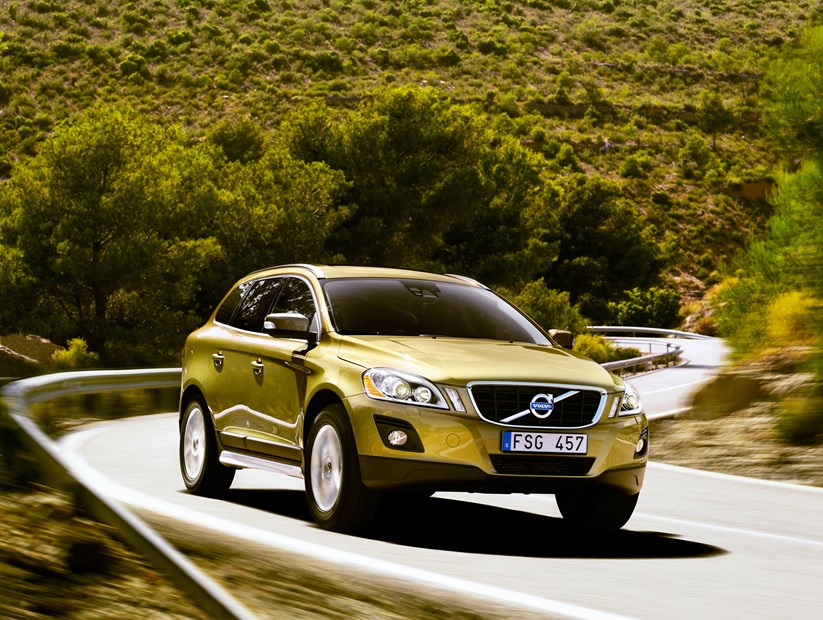
A used Volvo XC60 should be competent both on and off-road, with a good balance between acceleration and fuel consumption – drive gently and the diesel models can be remarkably cheap to run in fuel terms, though maintenance eats into the savings.
Which XC60 will work out best for you is down to how well you match the type of driving you do and your annual mileage. If you don’t spend a lot of time on motorways covering long distances, it may be cheaper to go for a petrol model even though the fuel consumption is higher.
Petrol engines
Volvo’s five-cylinder petrol did not make an appearance in the XC60 (at least in the UK) despite the T5 badging – the 240hp 2.0-litre turbo four-cylinder is closely related to the Ford Ecoboost and Mazda L-series of the same era, and shares a similar set of weaknesses. It is not the same engine as the Volvo’s VEA used in the XC60 II.
The top engine for the XC60 range is the 3.0-litre T6. Unsurprisingly, it’s very rare to find used and it was the least popular new, thanks to fuel consumption of just 24mpg and high emissions making it expensive to tax. It’s smooth and powerful. With between 285hp to 306hp on tap it reaches 62mph in just 7.3 seconds – but even as a used buy, the diesels make far more sense.
Diesel engines
Most diesel XC60s use Volvo’s five-cylinder 2.4-litre engine, in various states of tune. D3, DRIVe and 2.4D models offer 163hp, the lowest available in the UK range (imports may have a 136hp D3 option), the most powerful D5 provides 220hp. Later stop/start models offer the best economy, meet Euro 6 standards, and a healthy amount of torque to reduced the impact of AWD.
A six-speed automatic Geartronic transmission is available as an option and suits the refined nature of the XC60. However, while it offers smooth changes, it can sometimes be hesitant to kickdown and isn’t ideal for demanding driving.
Volvo also added the 2.0-litre, four-cylinder D4 turbodiesel at the beginning of 2010. This engine has 163bhp and only a little less pulling power than the 2.4-litre D4 engine. It offers the same 49.6mpg economy as the five-cylinder 2.4-litre motor, but it’s a shade quicker from 0-62mph, taking 10.3 seconds.
Parkers recommends
The 215bhp D5 turbodiesel is the best of all worlds as it delivers strong acceleration but the same carbon dioxide emissions and better economy (50.4mpg) than the less powerful diesel motors.
A six-speed automatic Geartronic transmission is available as an option and suits the refined nature of the XC60. However, while it offers smooth changes it can sometimes be hesitant to kickdown and isn’t ideal for demanding driving. It needs regular fluid and filter changes, and can be expensive to repair if neglected.
Volvo XC60 Mk1 handling
Volvo describes the XC60 as coupe-like to drive but, while there’s no doubting that it’s better than many smaller off roaders, it’s perhaps not as sporty as the carmaker makes out. Body roll is kept well in check through corners and grip levels are good, while the all-wheel drive system means traction is excellent – especially out of slow corners or roundabouts.
But the steering, though well-weighted, lacks feel and can be a little slow – in corners it requires more turns than you’d expect of a supposedly sporty car. That’s not to say the XC60 can’t cope with twisting roads and it certainly doesn’t feel like a 4×4 to drive.
The R Design versions, introduced in late 2009, have stiffer suspension and more direct steering, making them better in corners. A rare option worth looking for if you do high mileages is the active suspension system, called Four-C. It alters the ride settings between comfort, advanced and sport.


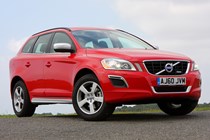

.jpg)
.jpg)
.jpg)
.jpg)
.jpg)
.jpg)
.jpg)
.jpg)
.jpg)
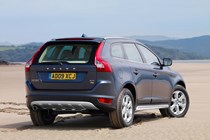
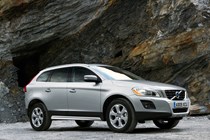

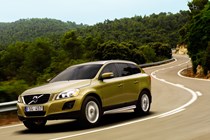
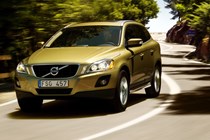
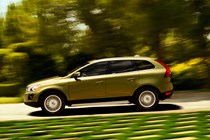

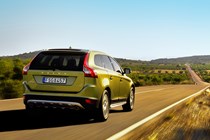
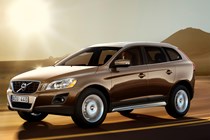
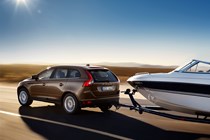
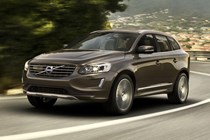
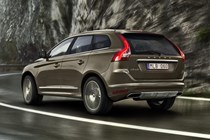

.jpg)
.jpg)
.jpg)
.jpg)
.jpg)
.jpg)
.jpg)
.jpg)
.jpg)
.jpg)
.jpg)
.jpg)
.jpg)
.jpg)
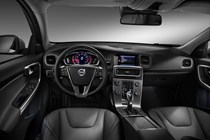

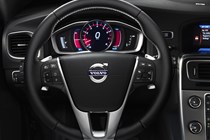

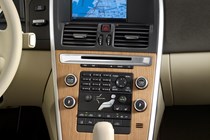

.jpg)
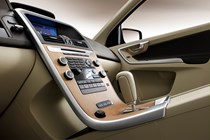
.jpg)
.jpg)
.jpg)
.jpg)
.jpg)
.jpg)
.jpg)
.jpg)
.jpg)
.jpg)
.jpg)
.jpg)
.jpg)
.jpg)
.jpg)
.jpg)
.jpg)
.jpg)
.jpg)
.jpg)
.jpg)
.jpg)
.jpg)
.jpg)
.jpg)
.jpg)
.jpg)
.jpg)
.jpg)
.jpg)
.jpg)
.jpg)
.jpg)


.jpg?quality=50)
.jpg?quality=50)
.jpg?quality=50)
.jpg?quality=50)
.jpg?quality=50)
.jpg?quality=50)
.jpg?quality=50)
.jpg?quality=50)
.jpg?quality=50)













.jpg?quality=50)
.jpg?quality=50)
.jpg?quality=50)
.jpg?quality=50)
.jpg?quality=50)
.jpg?quality=50)
.jpg?quality=50)
.jpg?quality=50)
.jpg?quality=50)
.jpg?quality=50)
.jpg?quality=50)
.jpg?quality=50)
.jpg?quality=50)
.jpg?quality=50)






.jpg?quality=50)

.jpg?quality=50)
.jpg?quality=50)
.jpg?quality=50)
.jpg?quality=50)
.jpg?quality=50)
.jpg?quality=50)
.jpg?quality=50)
.jpg?quality=50)
.jpg?quality=50)
.jpg?quality=50)
.jpg?quality=50)
.jpg?quality=50)
.jpg?quality=50)
.jpg?quality=50)
.jpg?quality=50)
.jpg?quality=50)
.jpg?quality=50)
.jpg?quality=50)
.jpg?quality=50)
.jpg?quality=50)
.jpg?quality=50)
.jpg?quality=50)
.jpg?quality=50)
.jpg?quality=50)
.jpg?quality=50)
.jpg?quality=50)
.jpg?quality=50)
.jpg?quality=50)
.jpg?quality=50)
.jpg?quality=50)
.jpg?quality=50)
.jpg?quality=50)
.jpg?quality=50)